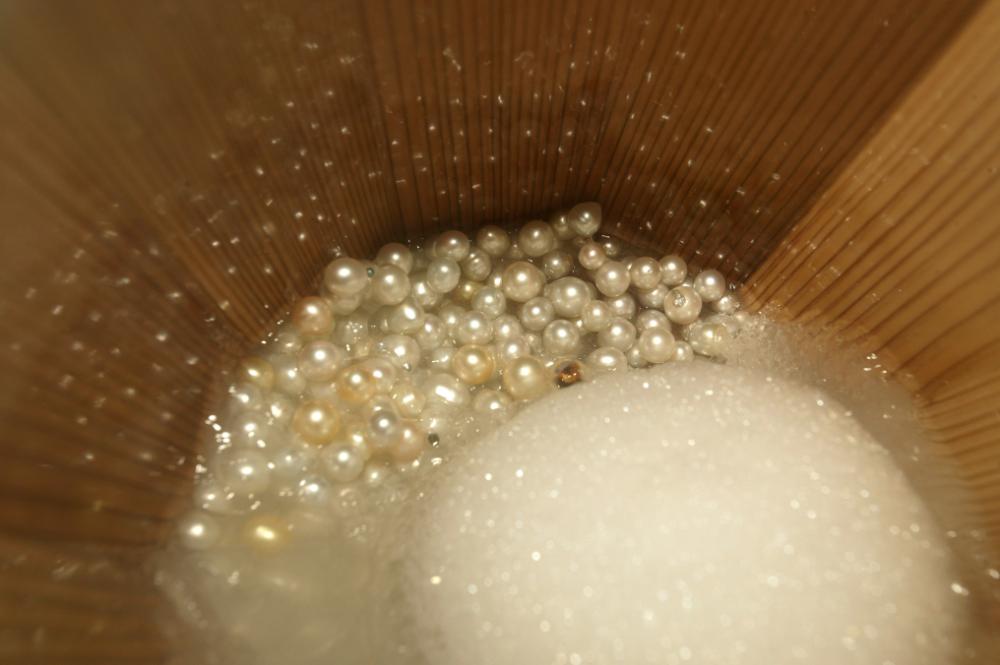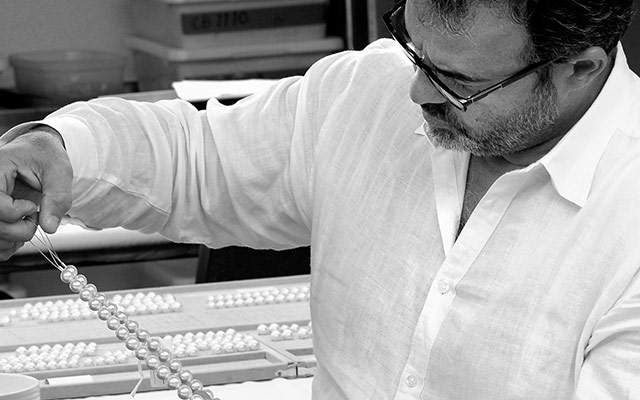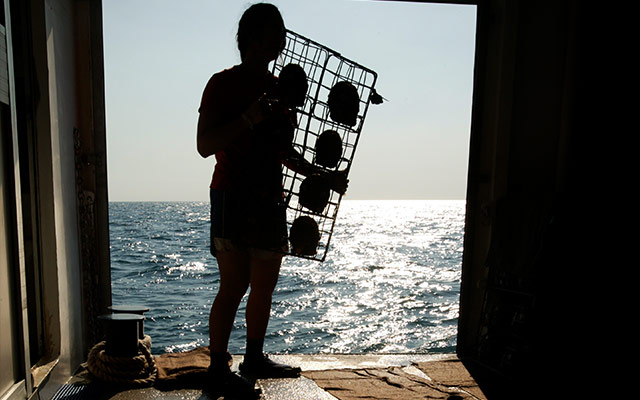Farming
Clipper Pearls
Located in some of the most pristine waters in Australia, Clipper Pearls, is renowned for producing some of the finest and largest South Sea pearls in the world. A part of the Autore Group of Companies, Clipper Pearls is the Australian Farming operation which operates across 2 farming sites in Western Australia and the Northern Territory.
For more than 3 decades Clipper Pearls has been recognised as one of the top producers of South Sea pearls, providing consistency in lustre which is un-paralleled. Established in 1988 by 2 pearl divers, Larry House and Mark Walsh, Clipper Pearls joined the Autore Group in 2006. In 2019, The Autore Group expanded the Australian farming operations when they added the Elizabeth Bay pearl farm to the business.
Broome, Western Australia Site
The Clipper Pearls Western Australia site is an ocean based farm located 50km north of Broome in an area known as Quondong Point.
Elizabeth Bay, East-Arnhem Land, Northern Territory Site
The recently acquired farm in the Northern Territory has multiple sites and is located 623km north east of Darwin.
Lombok Showroom
In conjunction with the pearling operations in Lombok, AUTORE now has a visitors’ centre and showroom at their pearl farm located in the calm bay of Teluk Nara on Lombok’s west coast.
Guests visiting the AUTORE Pearl Farm will have the opportunity to discover how the rare and beautiful South Sea pearls are produced in Lombok and knowledgeable guides will explain the intricate processes of modern cultured pearl farming – from how the oysters are seeded, the growing process, harvesting and grading the pearls, through to the end result – the stunning pearls on display in their showroom.


After your tour, relax with a refreshing drink at the small café within the visitors centre and enjoy the sea breezes coming off the ocean. The visitors centre is perched on stilts in the warm waters just offshore at Teluk Nara harbour, only 25 minutes north of Senggigi.
The visitors centre looks out on the dramatic Rinjani mountain range on the mainland, and to the east, over the buoys of the pearl farm to the three GiliIslands, floating in the sparkling sea and just minutes away.
The pearl centre can be easily reached by car or taxi from Senggigi or by boat from any of the Gilis, and is a perfect day trip to discover the magic of Lombok pearls combined with the unique craftsmanship of AUTORE. Enquire about your tour today.
Autore Farms
AUTORE owns and operates 2 companies comprising of 10 South Sea pearl farms, harvesting in excess of 350,000 pearls per annum. Situated on some of the world’s most beautiful coastline and pristine waters, the AUTORE pearl farms dot the crystal-clear waters off Australia and Indonesia, producing some of the world’s finest South Sea pearls. AUTORE has pearl farms in Lombok, Sumbawa and West Java, in addition to sites in Australia off the coast of Broome, WA and Elizabeth Bay, NT.
Following harvest, pearls are transported to the AUTORE company headquarters in Sydney, Australia, to the engine room for the Group. In spacious viewing rooms flooded with natural light, every single pearl is examined for presentation to AUTORE’s clients.
Each pearl is weighed, measured and assessed according to the AUTORE Five S’s – Shine, Surface, Shade, Shape and Size™. One by one, the annual harvests pass through expert hands in readiness for sale to exclusive jewellers and wholesalers in the global marketplace.
History of Pearling

Cultivation
The Persians called them ‘children of light’ and believed they were the tears of the gods. The Chinese thought the moon gave them their power to glow. Throughout the ages, pearls have been shrouded in mystery and coveted by emperors, tsars, maharajas and queens. In ancient times, the Greeks adorned statues and temples with them and wealthy Roman women wore their pearls at night, so they would be in their dreams. But perhaps history’s greatest pearl lover was England’s Queen Elizabeth I: the Virgin Queen. Pearls symbolised purity and she routinely wore seven ropes of them, some reaching to her knees. She had over 3000 pearl-encrusted dresses, 80 wigs set with pearls, multistrand bracelets and jewel trimmed fans.

Legendary gems
Meeting the world’s desire for pearls has often been difficult. In Roman times, pearl beds were almost fished to extinction and laws were introduced to curb demand. Between the 14th and 16th centuries, similar laws were passed in England, France, Germany and other countries to avert crippling trade imbalance due to so much gold going out of the country to buy pearls. In the early 1900’s, over fishing, industrialisation and pollution affected the very existence of fine, naturally occurring pearls. The pearl may have disappeared altogether if not for the son of a noodle maker, Kokichi Mikimoto. Building on the work of two other men, he unlocked the secret of hand seeding or culturing pearls.

Great white pearls
Australian Pearling had its humble beginnings in the mid-1900s when shells off the northwest coast were collected for mother of pearl. Used for making pearl buttons, this industry was short-lived when World War II bought with it the invention of plastic and ready replacement. However, an enterprising group of Japanese saw potential in the remote, untamed area of Broome with its oversized oysters. Together with a local pearling family, they introduced culturing techniques in the county’s first commercial pearl farm. When they launched their big, beautiful, lustrous pearls upon the market in the 1960s, they also set Australia on the road to becoming the largest producer of rare, white South Sea pearls.










